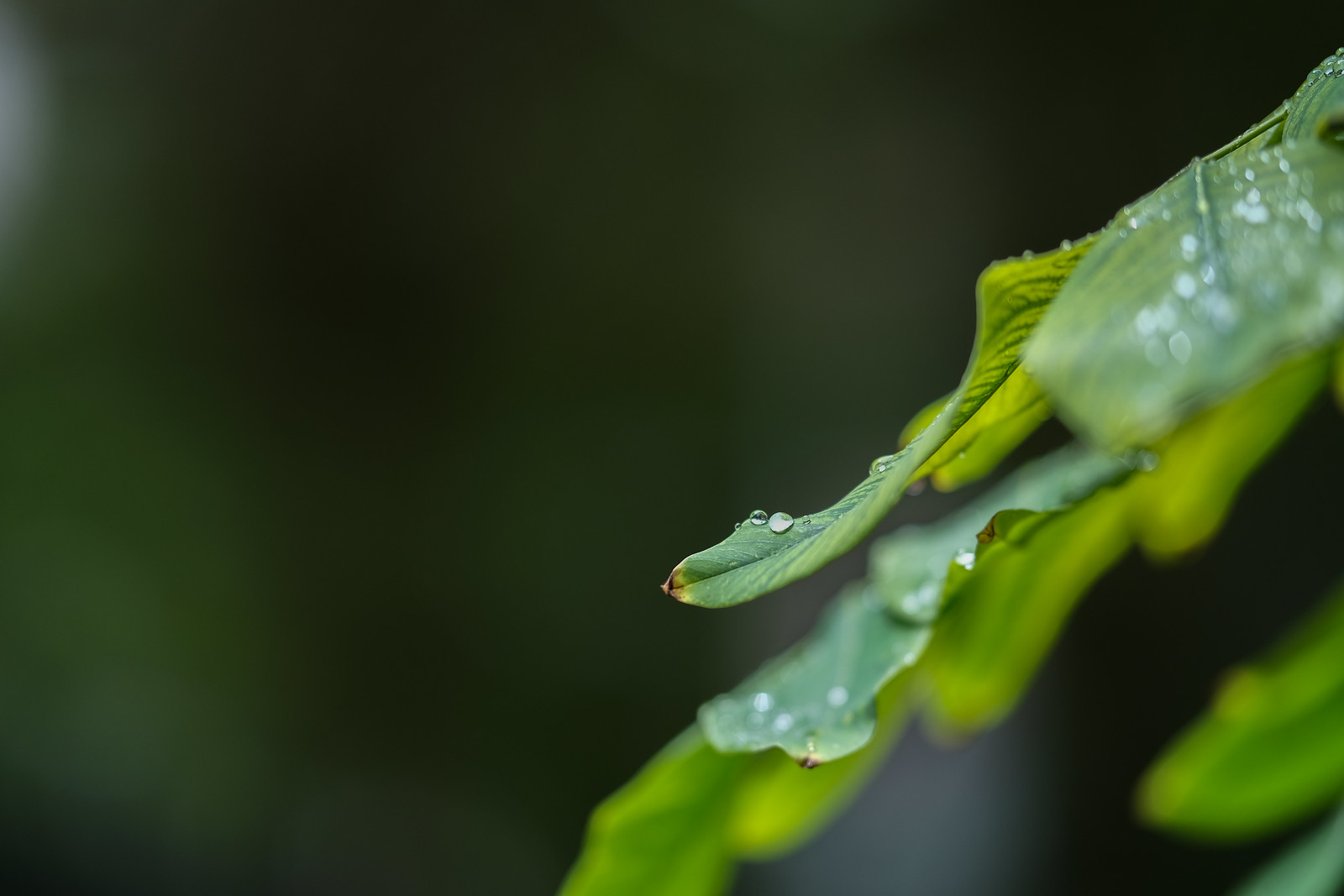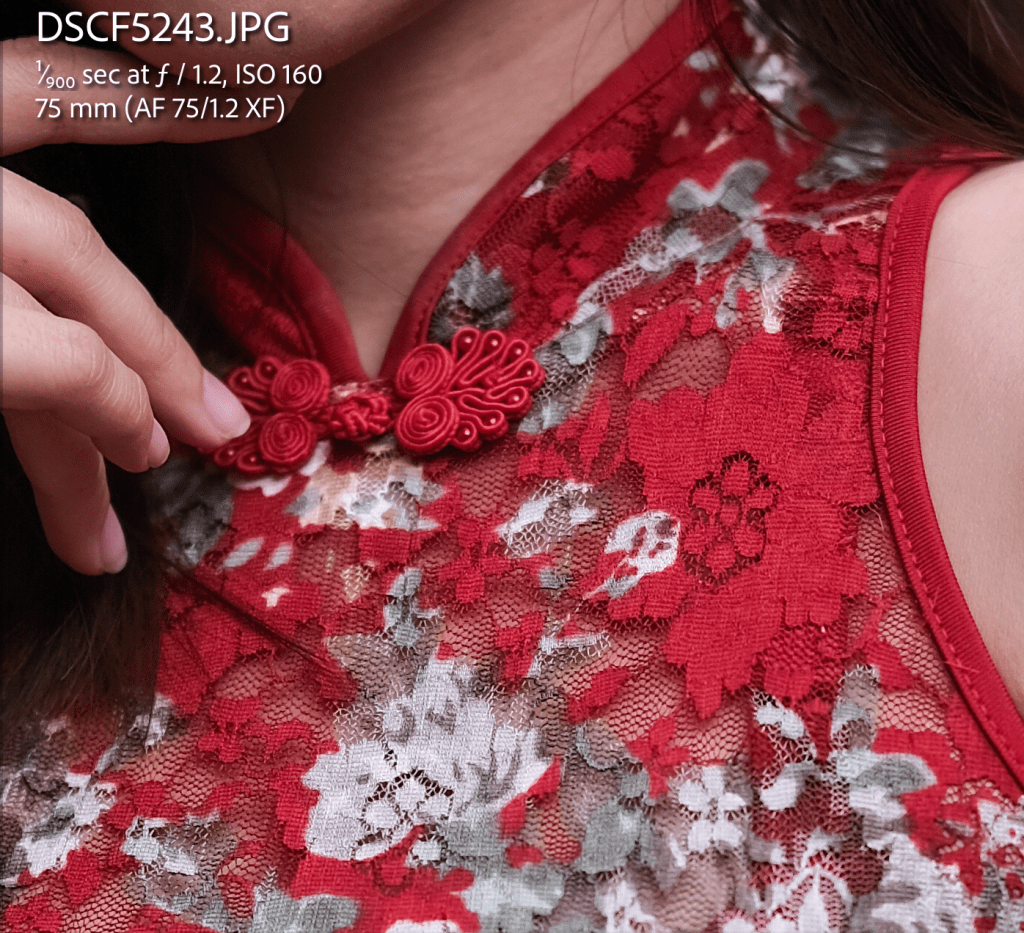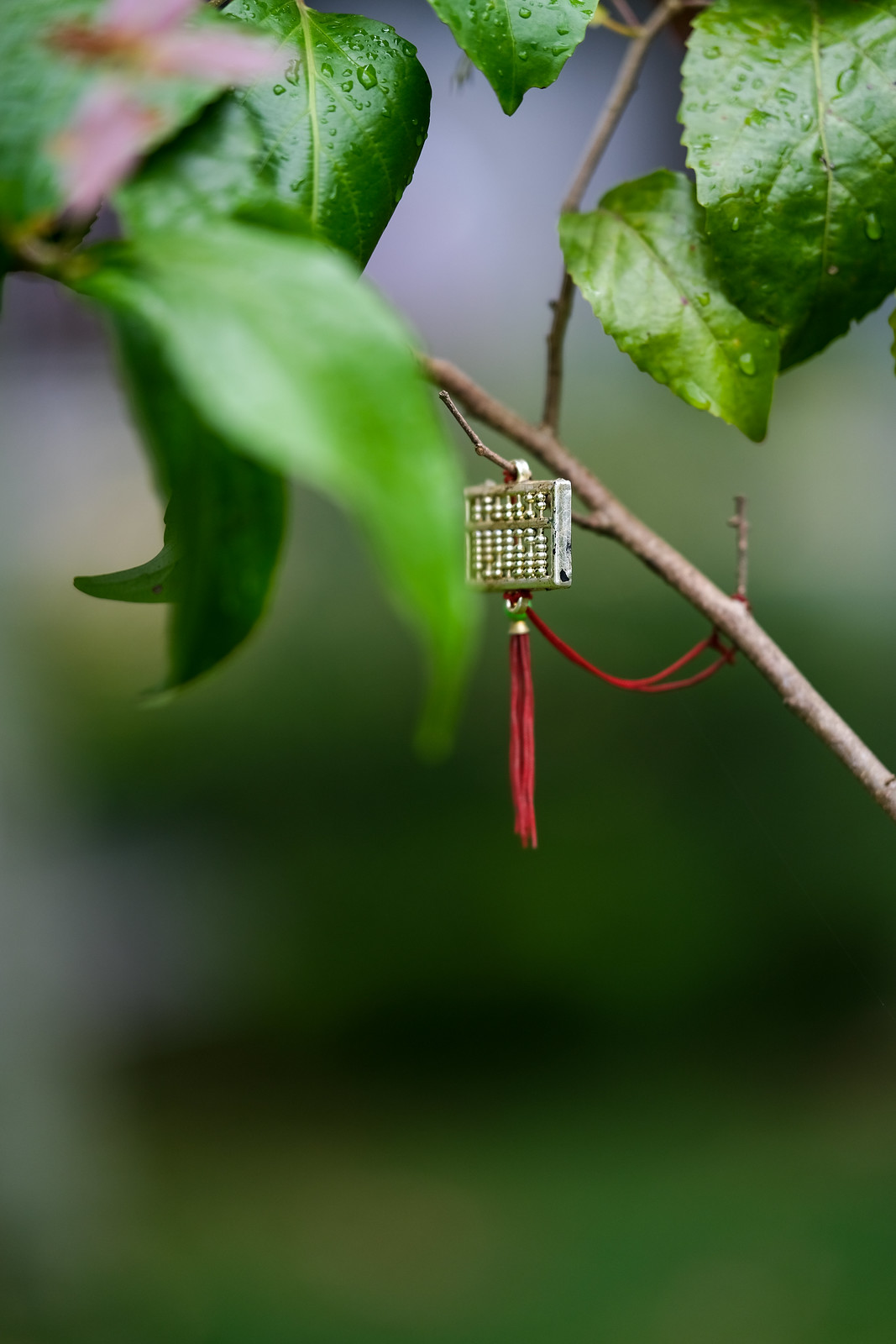My first experience with Viltrox was when they introduced autofocus lenses for Fujifilm X-mount in 2020. Then, third-party alternatives for Fujifilm X-mount with autofocus capabilities were scarce, and Viltrox easily held a foothold in the market before other manufacturers, such as Tamron or Sigma entered.

The Viltrox 33mm F1.4 and Viltrox 85mm F1.8 (my reviews linked on the names) in my reviews proved to be reasonably good choices for their price points relative to Fujifilm native alternatives. But oh boy, what impressed so many of us Fujifilm X-mount users was that Viltrox was not satisfied to play second fiddle and decided to push into the premium category with the release of their Pro series for X-mount, with the Viltrox 75mm F1.2 announced on 26 December 2022.

tl:dr
The Viltrox 75mm F1.2 is in a league of its own and not trying to replace any of Fujifilm’s native lenses. For portrait photographers comfortable with the “between 90mm to 120mm” focal length, the Viltrox 75mm F1.2 is a no-brainer given its excellent performance, build, and price point. This lens has the potential to give the XF56mm F1.2 R WR a run for its money, with the Fujifilm variant probably having only the advantage of an easier-to-work-with focal length, native lens support, and being more compact.

The Viltrox 75mm F1.2 sits between the XF50mm F1 R WR, XF56mm F1.2 R WR, and the XF90mm F2 R LM WR, and approximately half the price of the XF56mm F1.2 R WR. The lens is not perfect (very few lenses are perfect), but there is very little to not like about this lens, and Viltrox has managed an outstanding release this time for which there is no direct Fujifilm alternative.
Technicalities
Viltrox is keen to inform you that the 75mm F1.2 is different, and has given it the PRO designation, proudly emblazed on the lens itself.

- 112.5mm equivalent focal length for the Fujifilm APSC X-mount
- Maximum F1.2 maximum aperture to F16, with 11 diaphragm blades
- Minimum focusing distance of 88cm with a 21.35° angle of view
- Optical design of 16 elements in 11 groups with Three ED (low dispersion) lens
- Dimensions of 87 x 101mm (3.4 x 4″) with a 77mm filter size and 670g (23.6 oz)
- STM autofocus motor
- Supports eye and face autofocus, animal autofocus, and additional automatic focusing modes.
- All-metal lens body in a weather-resistant design for working in inclement conditions.
- Included petal-shaped lens hood to prevent ghosting and flare.
- A built-in USB-C interface for firmware upgrades (at the lens mount area)

Out of curiosity, I am unsure what the label: “Image Size Ø 28.4mm” means, but I guess that is to denote the APSC-sized sensor the lens is designed for.
Performance and Handling
Foremost, the auto-focus speed and reliability of the Viltrox 75mm are pretty good. It is not excellent (which is what some other competitor systems can give), but if one has been using the Fujifilm system for a while, it is definitely ‘fast and reliable’ enough compared to Fujifilm’s offerings.


In this sequence, I was on DRIVE mode CONTINOUS at 5.7 FPS at F1.2, with the ‘focusing square’ over Aiko’s face at the beginning. It was easy scoring an 85% hit rate (obviously also because the plane is pretty predictable versus sports/nature photography, but then, the Viltrox 75mm F1.2 is designed for portraiture photography)
*with that said, the Viltrox 75mm F1.2 will not likely keep up with in-action shots; I tried, and my hit rate was 50% at best. I hope to be corrected on this, though.

On my Fujifilm X-Pro3, which has not been firmware updated since years ago, eye-detect came on decently fast, even in an image where the subject is relatively small. Moreover, on the X-H2S, X-H2, and X-T5, I am pretty confident this lens will only perform faster and more reliably, and in this sense, owners of more modern Fujifilm bodies should have little to worry about.

Bokeh, Separation, and depth of field.
The most attractive specification of the Viltrox 75mm F1.2 is its maximum aperture of F1.2, and in this lens at 112.5mm focal length, the depth-of-field is razor thin, giving bokeh-wannabes their dream come true.

But we all know that the hallmarks of an excellent lens go beyond how fast it can go. For example, there is little point in one that goes to F0.8 but isn’t even decently sharp or choked full of aberrations, and here is where the Viltrox 75mm F1.2 impressed me the most, with the Viltrox 75mm F1.2 having close to nil chromatic aberrations, and it is more-than-enough sharp wide open at the center (corners are obviously a different story)

My prior experience with Viltrox lenses was that fringing was familiar, but it seems that for this 75mm F1.2, fringing is basically nonexistent, and this is lens is a whole step up in terms of optical performance.


The above shot of a decorative element not more than 8cm across shot at close to MFD, at 100% zoom is an excellent example of what the lens is capable of. Razor-thin depth of field with sharp, detailed reproduction wide open decorated with a creamy out-of-focused background.

In my opinion, the rendering of background blur (or what some call bokeh) is also pleasing, characterful, and not distracting.
Build and Handling
I have to be honest; the Viltrox 75mm F1.2 is heavy at 670 grams, with ONLY the XF50mm F1 heavier than it at 840 grams. The XF56mm F1.2 R WR and XF90mm F2 R LM WR are relatively lighter at 445 grams and 540 grams, respectively.

On the X-Pro3, the set-up is obviously front-heavy, but using a handgrip helps immensely. The X-H2S and X-H2, with their generous grip depths, should work well with this lens, while the smaller X-T5 might need an additional grip for comfort.
However, the build is impeccable; the Viltrox 75mm F1.2 is entirely metal in build. This is a lens that I am confident will cause you a foot fracture if you ever drop it; it may dent, but it will survive while the foot won’t. The aperture ring clicks soundly, and while I did find my copy moving between F1.2 and F1.25 too easily, the body of the lens was well-built, with a generous amount of grip space on the focusing ring.
Lastly, despite the intent of the design of the Viltrox 75mm F1.2 being a portraiture lens, I do have to agree that end of the day, the lens’s versatility goes hand in hand with the user and the compression one gets with the focal length can be helpful at times.

Conclusion
Designated a PRO series lens by Viltrox, the 75mm F1.2 does meet and, in many ways, exceeds expectations for a USD549 lens. One will have to try hard to find fault with the Viltrox 75mm F1.2, a lens that no longer seeks to play second fiddle to Fujifilm’s native lenses but etching out a league of its own.
I have no idea what will come next from Viltrox for X-mount, but the sheer amount of improvements they managed in 2 years is impressive.
Thank you for reading, and here is wishing everyone a prosperous and bountiful Lunar New Year!

Disclaimers:
- All product photos and samples here were photographed by me. I believe any reviewer with pride should produce their own product photos.
2. All images were shot with the Fujifilm X-Pro3 and edited in LR CC Classic to my preferences.
3. To maintain my neutrality, this review is not sponsored, the lens was not gifted to me, and I have purchased the Viltrox 75mm F1.2. (That’s probably why I do discuss the A.F performance for action shots and also how my copy seems to move between F1.2 and F1.25 too easily)
4. I do not do affiliate purchase links to keep myself neutral. I write as a passion and a hobby, and I appreciate that photography brands are kind enough to respect and work with me.
5. The best way to support me is to share the review, or you can always help support me by contributing to my fees to WordPress for the domain using the Paypal button at the bottom of the page.
The model, Ms Aiko can be contacted on IG here.


Hey Keith, I was waiting for your review on this and I am very glad to read it! Just a question, it seems that you prefer to use the XPro3 and not the XH2 or XT5. May I know why?
LikeLike
Hi Jen, thank you. Hmm I guess to put it very shortly I’m a fan of the X-Pro’s design, even though the XT and XH are of course more work-horse everyday designs. I do hope to see a proper firmware update for the X-Pro3 one day and that we do not have to wait for the X-Pro4 for that to happen haha.
LikeLike
Beautiful photos! Appreciate the honest reviews you give versus the sponsored stuff we see so often.
LikeLike
Hi Pete, thank you for the kind words!
LikeLike
Nice review. Am surprised the Chinese caught up so fast!
And at that price point!
Could you comment if this lens will so call support the XT5’s native 40MP resolution, so to speak?
LikeLike
hi Vinz, I don’t think 40MP will be an issue seeing how the other reviewers have tested the lens on the X-T5 and X-H2 🙂
LikeLike
Happy new year to you and the family. Looks like the new year has started out well with your acquisition of your new camera. Hope the rest of year will also bring glad tidings to you and your family.
The lens looks like an DSLR lens bolted on to your Xpro3. I suppose a studio setting or controlled settings on the street (a planned shoot / assignment) would be more in the line. Sharpness is debatable on a digital display and sensors greatly influence the final outcome too. Though your images show impressive image quality, Viltrox has placed its footprint on the market. I was rather surprised with the output of my recently purchased 50mm summicron. It seemed to be less sharp than comparable lenses from Zeiss (possibly the sharpest) and Voigtlander and had reduced contrast. Subsequent exposure of 8-10 rolls of Cinestill 400D , Tri X 400 and T Max 400 revealed that image quality is considerably realistic in its depiction. It’s just that my default way of seeing was attuned to HDR images and modern camera sensors. Almost so that every element which a lens is judged on is more than required however present in measured balance. Subtleties and graduation of tones are prominent compared to other lenses contrast and sharpness supersedes everything else. Though for most this is what they need. Not more. Not less.
LikeLiked by 1 person
Hi Baladino! Thank you for the greetings and Happy Lunar New Year holidays to you and the family too. There’s a lot of good info to digest there and let me read and get back later haha. Have a Great day ahead !
LikeLike
where to I buy this in Singapore?
LikeLiked by 1 person
Hi! Actually currently not able to. Viltrox could have done better in their stocking or sales management this time round and after a messy 50 pieces preorder some time ago there’s been only a few pieces avail now and then through Amazon etc and I recently read they have increased prices so my best guess… is prob a few months down the road
LikeLike
In the end I went for the Samyang 75 1.8. The Viltrox looks amazing and also very usable from f1.2, and since your review the AF has been improved. But I couldn’t get over the weight. And since the 90mm f2 has the same depth of field at the same distance to the subject I just couldn’t persuade myself to get it. For street and documentary I also not not only don’t need, but don’t want all my pictures to look like a magazine photoshoot, I’m more of a candid shooter and some background information helps tell the story.
It can be the best lens in the world… But if it’s setting in a drawer it’s no use to me. This happened with the 80mm, lesson learned.
But I do love this focal length. So once I found a Samyang 75 for less that €350 that lens also became an option. I’m glad I didn’t overlook it. I can already tell it will be a travel staple for me. I have travelled with the 16-55 which is about the same weight as the Viltrox. But I wouldn’t take both and that was my dilemma – it’s not really conceived for travel, but could certainly be used for it, yet I don’t want to have to leave other lenses behind because I take such a big lens.
But who knows, maybe the viltrox could replace my 56 for portraits, and the cheaper samyang gets used for travel…
LikeLike
Hi Bob, thanks for the detailed sharing. One thing you mentioned is indeed true , which is it can be the best lens but if it isn’t used, it’s not useful 🙂
I never liked the 80mm for similar reasons too and hope that you can find your most used lens soon haha
Take care
LikeLike
Hi
What are the preferred angles for street portrait photography?
I use Fujifilm xt20 I couldn’t decide between 3 lenses viltrox 75mm f1.2 sirui 85mm f1.4 fujifilm xf 50 f.2
viltrox 75mm f1.2 sirui 85mm f1.4 I am hesitant about the af performance since it is a 3rd party lens, to be honest my camera is 7 years old and I don’t know how compatible it will be
How do you think the af performance would be with Fujifilm xt20 viltrox 75mm f1.2 sirui 85mm f1.4?
Which model would you recommend…
LikeLike
Hi, thank you for popping by. What I share for this is based on my own usage habits and work needs hence it may differ for you.
The Viltrox 75/1.2, Sirui 85/1.4 and XF50/2 are all quite different lenses to start with. The V and S are both around 135mm equivalents, thus making them not suitable for working in tighter spaces to start and personally I prefer the output of the V versus the S. Price wise I guess both of these would be similar.
The XF50/2 will not give you the thin depth of field either V or S can and to me, more of a ‘decent’ starting lens for portraits. It is also not a lens I see frequently used by portrait photographers since its FF equivalent DOF is a stop smaller than F2.
LikeLike